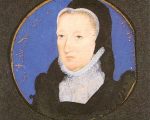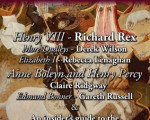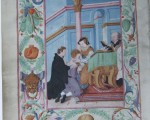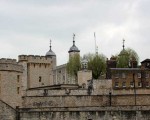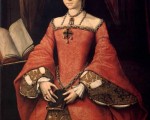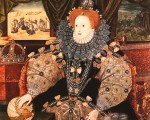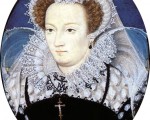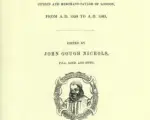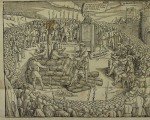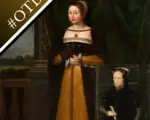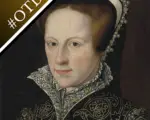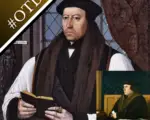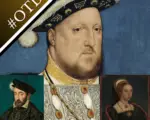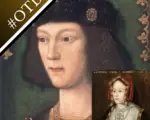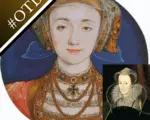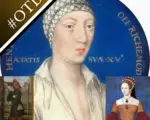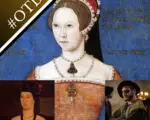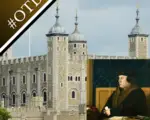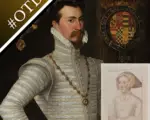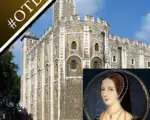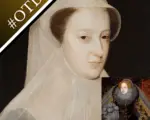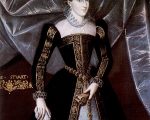
By 15 June 1567, twenty-four-year-old Mary Stuart had been Queen of Scotland for almost her entire life; never knew her father, James V, because he died when she was six days old; was Queen Consort, then Queen, of France for less than seventeen months; had lost her mother in July 1560; was about to celebrate her son and heir’s first birthday on 19 June, and was married to her third husband. Mary’s first husband, King Francis II of France, died three days before Mary’s eighteenth birthday in 1560. Mary’s mother was dead for roughly five months when her first husband died. She married her second husband, Henry Stuart, Lord Darnley, when she was twenty-two. Mary gave birth to her only surviving child, James VI, during her marriage to Darnley. Darnley died, likely murdered, less than two years after the marriage, and Mary married her third husband, James Hepburn, 4th Earl of Bothwell. Bothwell may have had a hand in the death of Mary’s second husband and there is speculation as to whether Mary indeed wanted to marry Bothwell or whether she was coerced into the marriage.
[Read More...]
